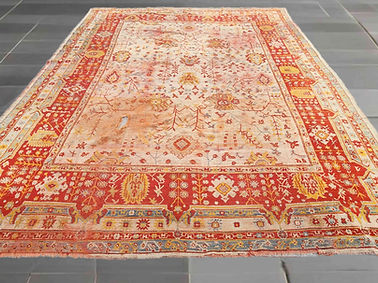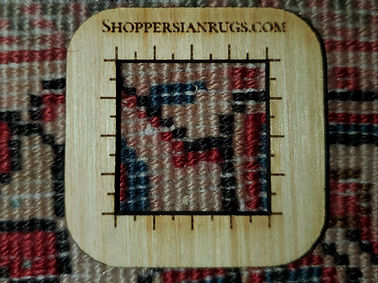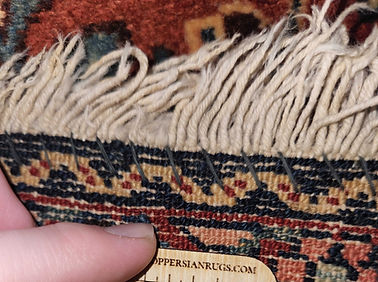
How to Value a Handmade Oriental Rug
Whether you are a collector, an investor, or someone who has inherited a rug, understanding how to determine its value is essential. Several variables come to mind when evaluating a handmade Oriental rug, including its age, origin, materials, craftsmanship, and condition.

1. Age and Provenance
The age of a rug is one of the first aspects appraisers consider. Antique rugs, typically defined as those over 100 years old, often command higher prices because of their rarity and historical significance.
Rugs between 50–100 years are considered semi-antique and may also hold strong value depending on their condition. Provenance—the rug’s origin or history—can also add value, especially if the rug comes from a region or workshop known for producing exceptional work, such as Tabriz, Isfahan, or Kashan in Iran.


2. Materials and Dyes
The quality of the materials significantly impacts the value of a handmade rug. Rugs woven from high-grade wool, silk, or a wool-and-silk blend are generally more valuable than those made with lower-quality fibers.
Pure silk rugs, known for their softness and sheen, are often among the most expensive. Additionally, natural dyes derived from plants, insects, and minerals tend to enhance a rug’s value because they age beautifully and create depth of color that synthetic dyes often cannot match.

3. Knot Density and Craftsmanship
The fineness of a rug’s weave is another key indicator of quality. Knot density can reflect the level of detail and time invested in the weaving process. Higher knot counts allow for more intricate designs and are usually associated with finer, more valuable rugs.
However, knot density is not the only measure of quality—balance, symmetry, and artistic composition also play vital roles. A rug with harmonious colors, well-executed motifs, and precise weaving will always hold greater value than one with inconsistencies.
4. Design and Rarity
Unique or rare designs can dramatically increase a rug’s worth. For instance, tribal rugs often feature bold geometric patterns that reflect the identity of the weaver’s community, while city workshop rugs might display elaborate floral medallions.
Some motifs are highly sought after, especially if they are no longer commonly woven. A rug that represents a fading tradition or an extinct weaving center can be exceptionally valuable.

5. Condition and Restoration
The rug’s condition is perhaps the most immediate factor in determining value. Rugs that have been well cared for, with minimal wear, strong pile, and intact edges, will naturally command higher prices. On the other hand, rugs with significant moth damage, stains, or crude repairs may lose considerable value.
That said, professional restoration—if done skillfully—can help preserve a rug’s worth, though collectors often prefer pieces in original condition.

6. Market Trends and Demand
Finally, the rug’s value is influenced by current market demand. Certain styles or regions may go through cycles of popularity, which can temporarily raise or lower their prices.
Staying informed about auction results, dealer pricing, and collector trends can provide a realistic sense of a rug’s current market value.

Conclusion
Valuing a handmade Oriental rug requires a careful balance of art appreciation and market knowledge. By considering age, provenance, materials, craftsmanship, design, condition, and demand, you can gain a clear understanding of what your rug is worth.
Whether for personal enjoyment, resale, or investment, a well-valued Oriental rug is a treasure that bridges culture, history, and artistry.

